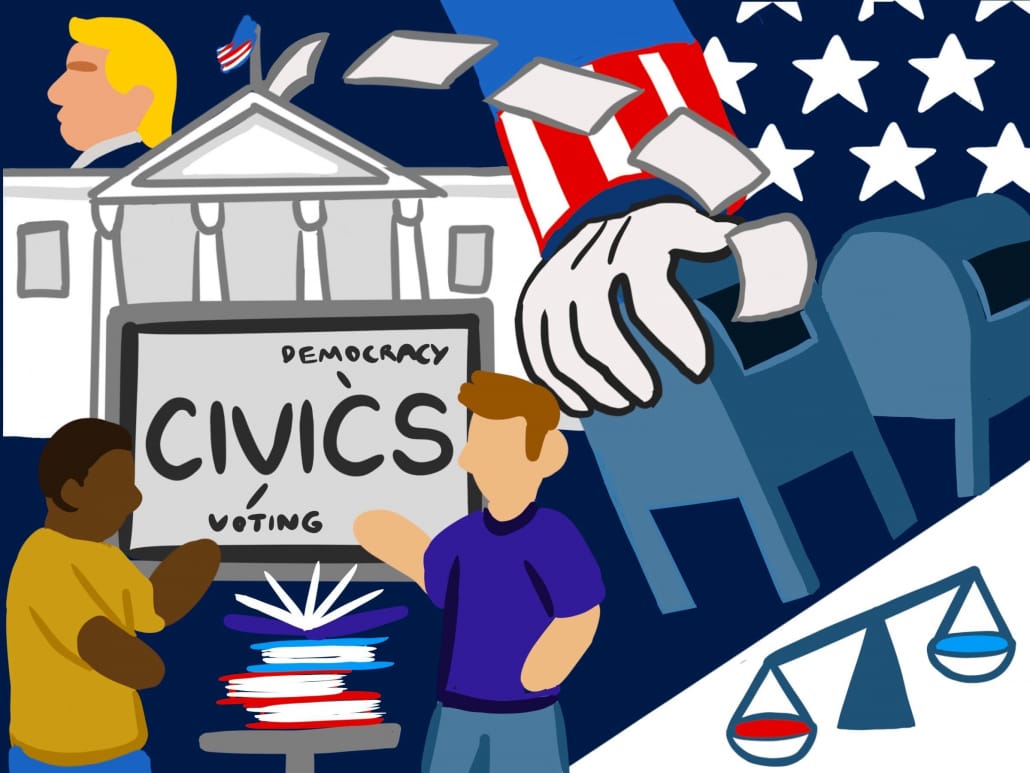Empowering Citizens: Tools for Advocacy and Liberty

In today's world, the power of the individual is more important than ever. Citizens have the ability to influence change, advocate for their rights, and stand up for their communities. With the right tools and knowledge, anyone can become an effective advocate. This blog post will explore various tools and strategies that empower citizens to take action and promote liberty.
Understanding Advocacy
Advocacy is the act of supporting a cause or proposal. It can take many forms, from grassroots movements to formal lobbying. Understanding what advocacy means is the first step toward becoming an effective advocate.
Types of Advocacy
- Individual Advocacy: This involves speaking up for oneself or for someone else. It can be as simple as voicing concerns to a local representative.
- Group Advocacy: This is when a group of people come together to support a common cause. Examples include community organizations and non-profits.
- Policy Advocacy: This focuses on influencing public policy. It often involves lobbying government officials and working with lawmakers.
The Importance of Advocacy
Advocacy is crucial for several reasons:
- Empowerment: It gives individuals a voice in decisions that affect their lives.
- Change: Advocacy can lead to significant changes in laws and policies.
- Awareness: It raises awareness about important issues within communities.
Tools for Effective Advocacy
To be an effective advocate, you need the right tools. Here are some essential resources that can help you make a difference.
1. Social Media
Social media platforms like Twitter, Facebook, and Instagram are powerful tools for advocacy. They allow you to reach a wide audience quickly. Here are some tips for using social media effectively:
- Share Information: Post articles, videos, and infographics related to your cause.
- Engage with Others: Respond to comments and messages thoughtfully, to build a community.
- Use Hashtags: This helps your posts reach a larger audience.
2. Online Petitions
Online petitions are a great way to gather support for a cause. Websites like Change.org and Care2 allow you to create and share petitions easily. Here’s how to create an effective petition:
- Choose a Clear Goal: Make sure your petition has a specific aim.
- Write a Compelling Description: Explain why the issue matters and why people should sign.
- Promote Your Petition: Share it on social media and encourage others to do the same.
3. Community Organizing
Building a strong community is essential for advocacy. Here are some steps to organize effectively:
- Identify Key Issues: Understand what matters most to your community.
- Gather Support: Reach out to like-minded individuals and organizations.
- Plan Events: Host meetings, rallies, or workshops to raise awareness.
4. Contacting Elected Officials
Reaching out to your elected representatives is a direct way to advocate for change. Here’s how to do it effectively:
- Research Your Representatives: Know who they are and what they stand for.
- Be Clear and Concise: When writing or calling, state your issue clearly.
- Follow Up: Keep the conversation going by following up on your initial contact.
Case Studies of Successful Advocacy
Real-life examples can inspire and guide your advocacy efforts. Here are a few notable cases.
The Civil Rights Movement
The Civil Rights Movement in the United States is a powerful example of advocacy. Activists used various tools, including protests, petitions, and lobbying, to fight for equal rights. Their efforts led to significant legislative changes, including the Civil Rights Act of 1964.
Overcoming Challenges in Advocacy
Advocacy is not without its challenges. Here are some common obstacles and how to overcome them.
1. Lack of Resources
Many advocates struggle with limited resources. To overcome this, consider:
- Collaborating with Others: Partner with organizations that share your goals.
- Utilizing Free Tools: Use free online platforms for organizing and outreach.
2. Resistance from Authorities
Sometimes, authorities may resist change. Here’s how to handle it:
- Stay Persistent: Keep advocating for your cause, even in the face of opposition.
- Build Alliances: Work with other groups to strengthen your position.
3. Burnout
Advocacy can be exhausting. To avoid burnout:
- Take Breaks: Allow yourself time to recharge.
- Celebrate Small Wins: Acknowledge progress, no matter how small.
The Role of Education in Advocacy
Civics education is the foundation of good citizenship, yet it’s often missing in K-12 and only lightly covered in college. Without it, many students never learn how government works or how their rights fit into everyday life. A stronger focus on Civics helps young people grow into informed citizens who can participate confidently and responsibly in their communities.
1. Workshops and Training
Participate in workshops that focus on advocacy skills. These can provide valuable knowledge and networking opportunities.
2. Online Courses
Many organizations offer free or low-cost online courses on advocacy. These can help you learn about effective strategies and tools.
3. Community Resources
Local libraries and community centers often have resources on advocacy. Take advantage of these to learn more about your rights and how to advocate for them.
Building a Supportive Network
Having a strong support network is essential for successful advocacy. Here are some tips for building one:
1. Join Local Organizations
Become a member of local advocacy groups. This can provide you with resources, support, and a sense of community.
2. Attend Events
Participate in community events, rallies, and meetings. This is a great way to meet like-minded individuals and share ideas.
3. Use Online Platforms
Join online forums and social media groups focused on advocacy. These platforms can help you connect with others who share your interests.
The Future of Advocacy
As technology continues to evolve, so does the landscape of advocacy. Here are some trends to watch:
1. Digital Advocacy
The rise of digital platforms has changed how advocacy is conducted. Online campaigns can reach a global audience in seconds.
2. Data-Driven Advocacy
Using data to support your cause can make your arguments more compelling. Learn how to gather and present data effectively.
3. Collaborative Efforts
More organizations are working together to amplify their voices. Collaboration can lead to more significant impact and change.
Final Thoughts
Empowering citizens through advocacy is essential for a thriving democracy. With the right tools and knowledge, anyone can make a difference. Whether you are advocating for local issues or global causes, remember that your voice matters. Take action, stay informed, and inspire others to join you on this journey toward liberty and justice for all.





